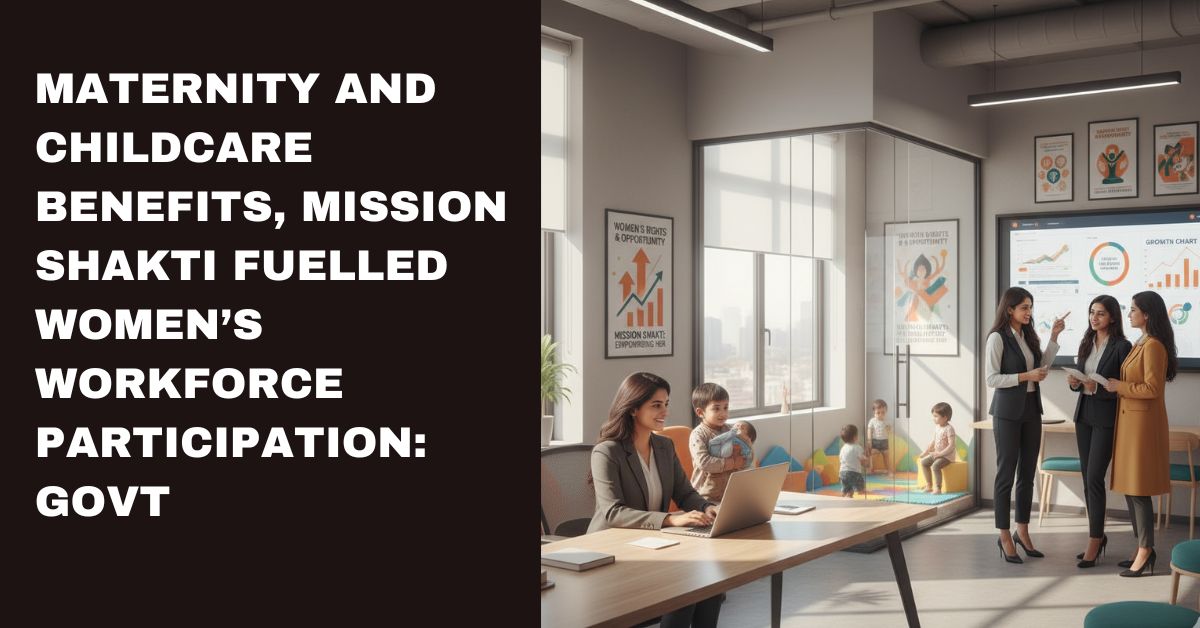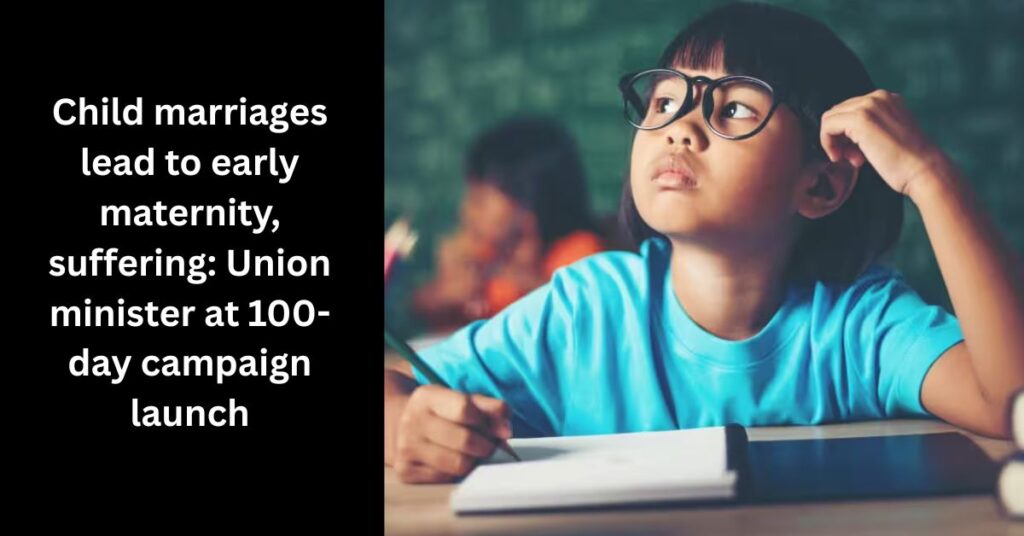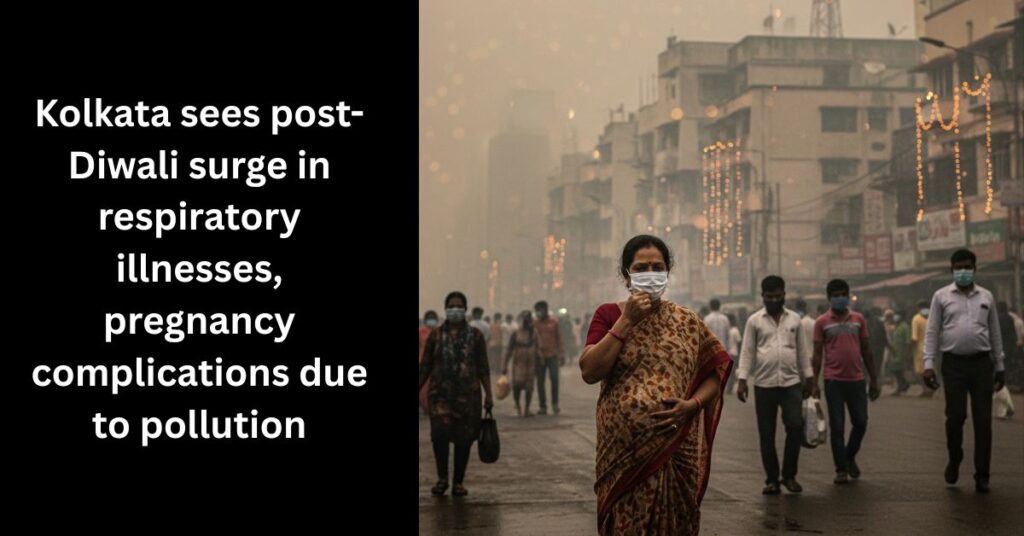Currently Empty: $0.00
Maternity and childcare benefits, Mission Shakti fuelled women’s workforce participation: Govt

In recent years, India has witnessed a notable resurgence in women’s economic participation, with the female Labour Force Participation Rate rising from 23.3 % in 2017–18 to 41.7 % in 2023–24. Behind this shift lies a combination of progressive policy interventions — from strengthened maternity and childcare benefits to grassroots empowerment initiatives such as Mission Shakti. These measures are not just social welfare tools: they are catalysts that enable women to engage in the formal workforce, pursue careers, and contribute meaningfully to national growth.
New Delhi, Oct 13 (IANS) A slew of reforms, such as maternity and childcare benefits, Mission Shakti, have fostered the continued growth of women’s workforce participation in India, the government said on Monday.
According to data from the Ministry of Labour and Employment, the female Labour Force Participation Rate (LFPR) increased from 23.3 per cent in 2017-18 to 41.7 per cent in 2023-24.
Worker Population Ratio (WPR) for women aged 15 years and above rose from 22 per cent in 2017-18 to 40.3 per cent in 2023-24, LFPR increased from 23.3 per cent to 41.7 per cent.
“More recently, female WPR rose to 32.0 per cent in August 2025 from 31.6 per cent in July 2025 and 30.2 per cent in June 2025, and female LFPR increased to 33.7 per cent in August 2025 from 33.3 per cent in July 2025 and 32.0 per cent in June 2025,” as per an official statement.
The latest payroll data from the Employees’ Provident Fund Organisation (EPFO) also showcases the growing trend of formal employment among women.
“During 2024-25, 26.9 lakh net female subscribers were added to EPFO. In July 2025, about 2.80 lakh new female subscribers joined, and the net female payroll addition stood at about 4.42 lakh, asserting today’s more inclusive and diverse workforce,” said an official statement.
The government noted that several legal benefits, such as safeguarding maternity benefits with maternity and child welfare, preventing sexual harassment, equal pay, and security, drove the participation rate for women.
Further, a range of employment and skill development initiatives across Ministries aim to enhance women’s participation in the workforce, equipping them with market-relevant skills, entrepreneurial opportunities, and pathways to economic independence.
While the Ministry of Women and Child Development’s online SHe-Box portal works to prevent sexual harassment of women at the workplace, Mission Shakti aims at strengthening interventions for women’s safety, security, and empowerment.
“Over the last decade, India is witnessing an unprecedented transformation in women’s workforce participation. With landmark reforms, expanding skill development, enhanced maternity and childcare benefits, and initiatives like Mission Shakti, the government has created a strong foundation for inclusive and supportive workplaces,” the statement said.
As India charts its path toward a “Viksit Bharat @ 2047,” the expansion of women’s workforce participation is more than a policy goal — it is a strategic imperative. Through legal safeguards, skill development programs, and initiatives like Mission Shakti, the government is creating an enabling ecosystem for women to thrive professionally. Ensuring safe, equitable, and opportunity-rich workplaces is not just about fairness: it is about tapping into the full potential of half the population, and laying the foundation for sustainable, inclusive development.








